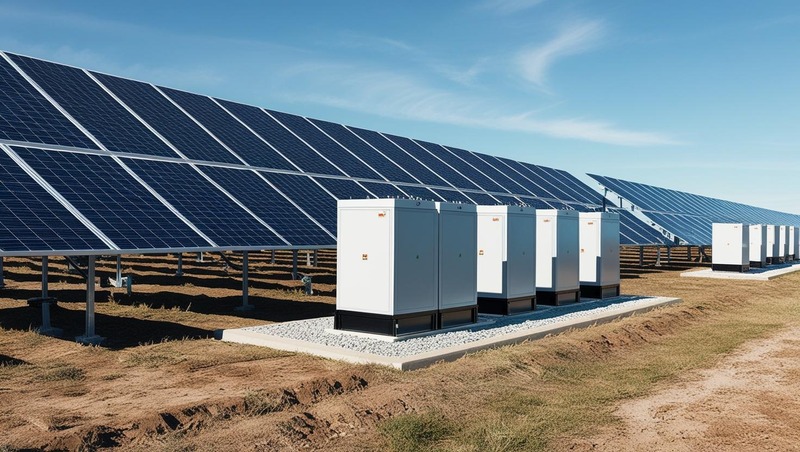In 2025, smart grid storage systems are changing the way homes and businesses manage energy. These systems offer cost-saving, power-stabilizing solutions that prevent outages and maximize energy use—especially during peak demand or blackouts. But how do they really work, and why are they essential today?
Smart grid storage systems use advanced battery backup and control technologies to balance energy supply and demand. They store excess clean energy during low demand and release it during high usage, ensuring power stability and cutting energy costs.
A major development in this field is how these systems now integrate seamlessly with renewable energy sources like solar and wind. New energy storage solutions allow users to store green power from solar panels and use it during nighttime or outages—enhancing energy conservation and reducing reliance on the traditional electric power grid.
Smart storage tech is evolving—read on to find the best solution for your needs.

Table of Contents
What Are Smart Grid Storage Systems and How Do They Work?
Smart grid storage systems combine green energy with intelligent software and battery packs. These systems monitor power consumption in real time and use stored renewable energy when rates are high or outages occur. The result is energy saving, reduced costs, and enhanced electric power reliability.
Top Benefits of Smart Grid Storage for Homes and Businesses in 2025
Expect better battery backup, fewer outages, and lower bills. Homeowners gain energy independence, while businesses enjoy uninterrupted operations. These solutions also promote green power use, improve energy efficiency, and support environmental sustainability through new energy innovations.
2025’s Best Smart Grid Storage Solutions: Features, Costs, and ROI
Top systems in 2025 include lithium battery storage with integrated AI controls. Costs vary, but ROI is clear—power saving plus clean energy usage equals lower utility bills and long-term gains.
Get in touch to discover the best smart storage system for your needs.

-scaled.png)
